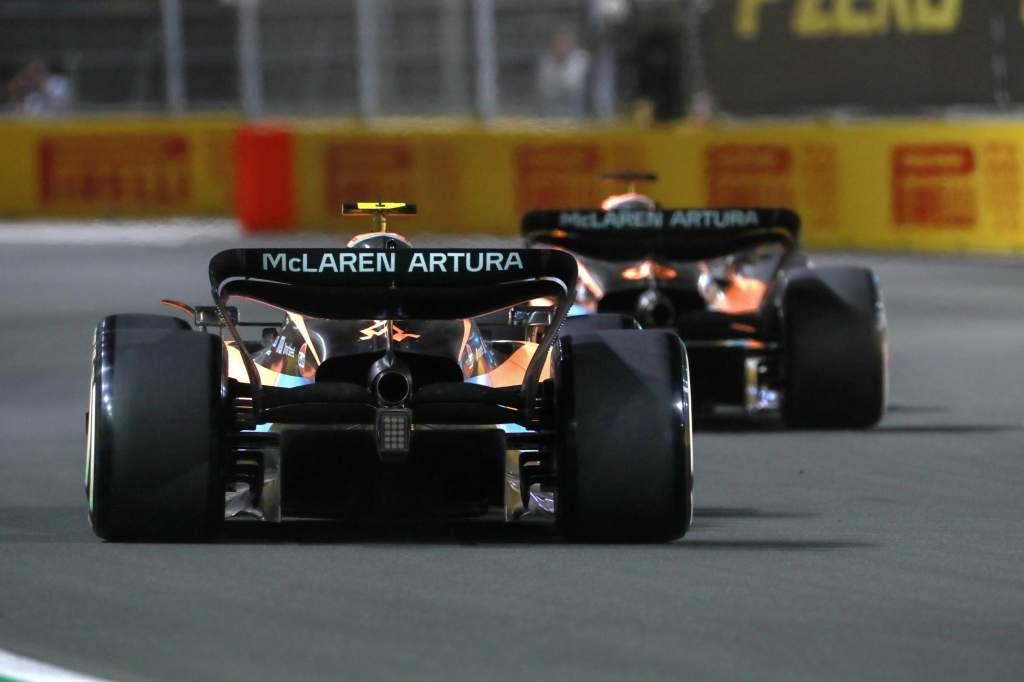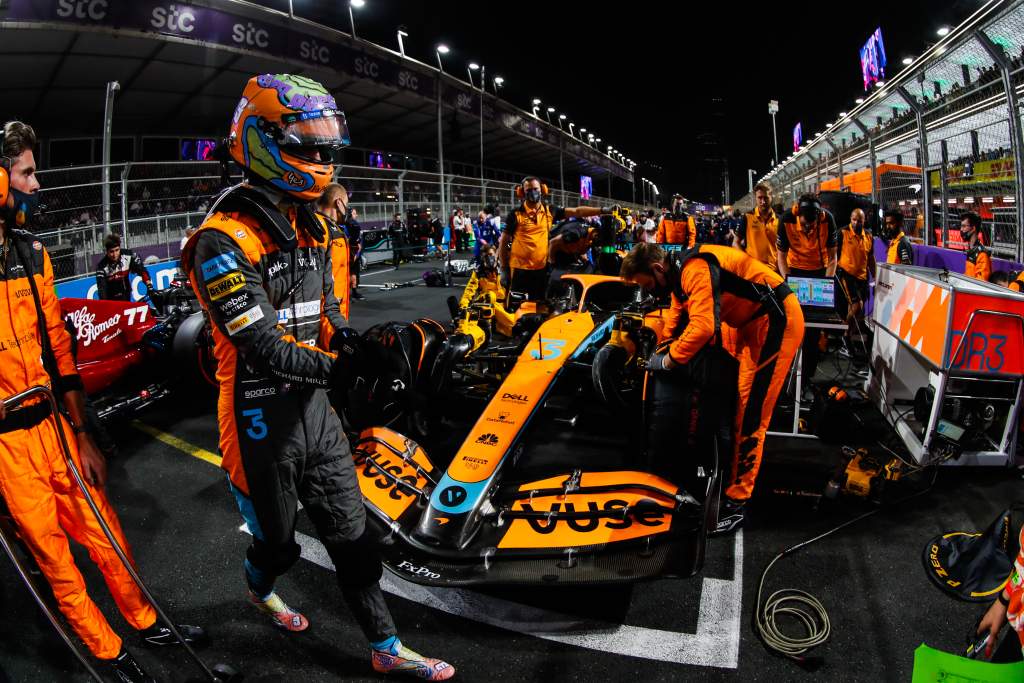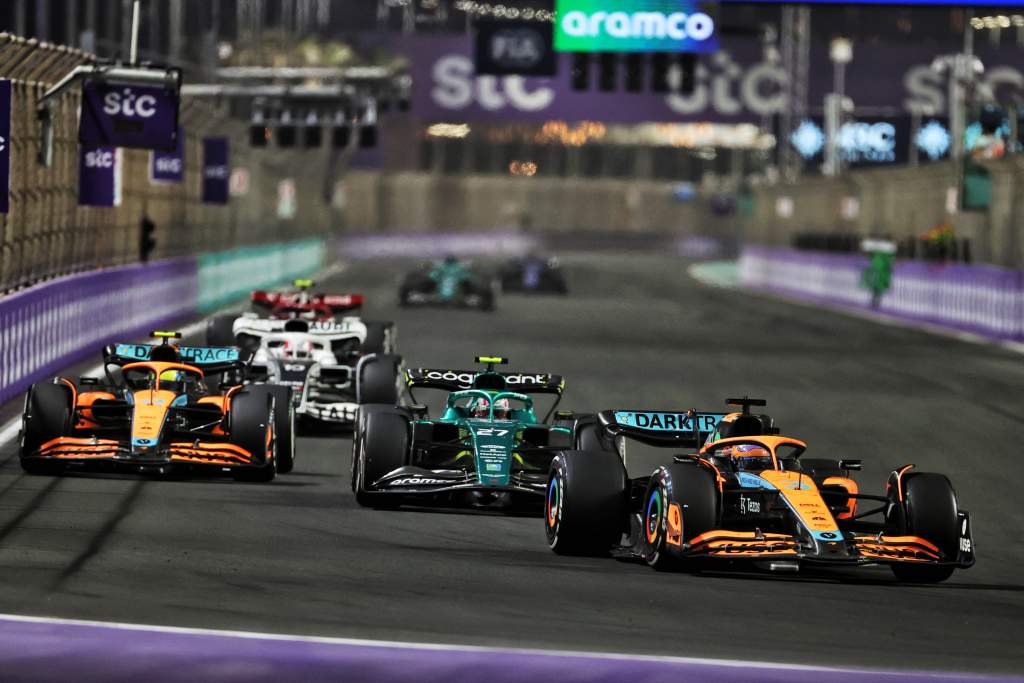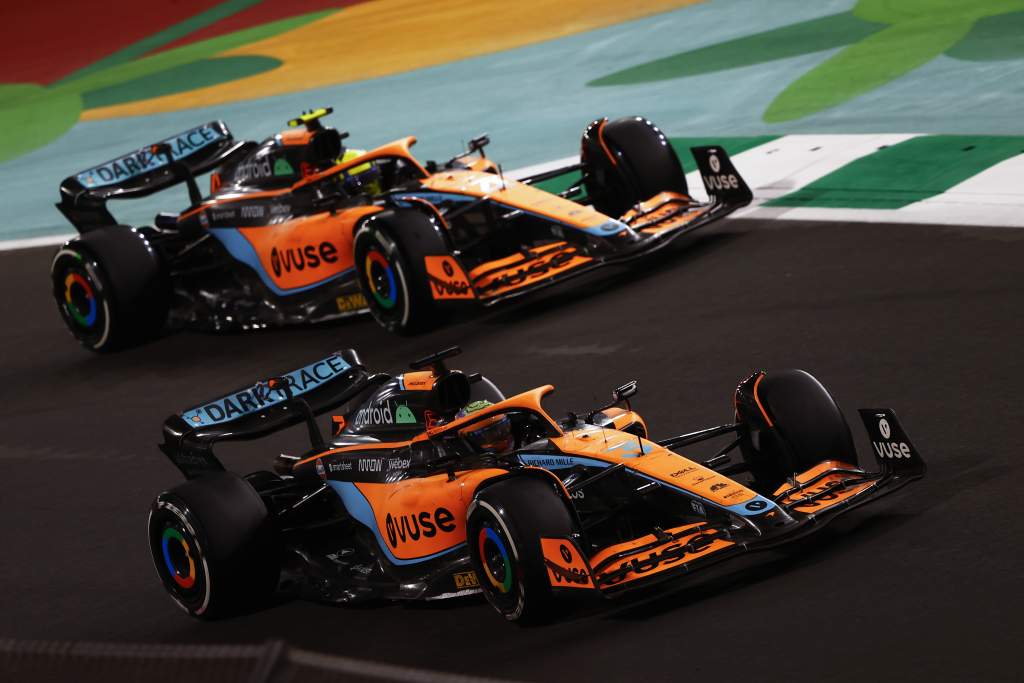Up Next

Lando Norris scoring the first points of McLaren’s 2022 Formula 1 season last weekend did not disguise the reality of its situation.
Six points from two grands prix is McLaren’s worst start to a championship since 2017. It has yet to get either car into the final part of qualifying either, something it managed to do at every race in 2021.
While the race team has been busy making the best of a bad situation on-track, off it McLaren is working to understand the limitations of the MCL36 and the best path to improving it.
Other teams such as Mercedes and Aston Martin talk about having to run the car in a compromised state because of porpoising, and that there’s potential performance there that just needs to be unlocked.
The problem for McLaren, it seems, is simply a lower ceiling in terms of performance.

“In the end, we have to accept that other teams did a better job than us over winter,” says team principal Andreas Seidl.
“That’s why we are where we are. That’s what we acknowledged quite quickly within the team.
“It’s very important to be crystal clear on that and use the frustration, switch it into energy to strike back as quick as possible.”
McLaren says it is missing aerodynamic load and mechanical grip but will not say explicitly what it got wrong over the winter. It either missed its downforce targets, or it transpires those targets were set too low and other teams have outgunned them.
So, the MCL36 seems to have a lower baseline than its competitors. And it has been further hamstrung by the initial “firefighting” required during and after the Bahrain test, where it needed to rapidly design and produce a fix to the aggressive front brake cooling problems.
This has cost McLaren resources it would like to use for performance development and compromised the speed with which McLaren could bring updates to the car.
For now, the MCL36 is what it is: a second-half-of-the-midfield F1 car that will probably struggle to score a lot of points until it gets new developments.
Though seventh place for Norris in Saudi Arabia seemed like an effective recovery from Bahrain, where McLaren was desperately uncompetitive, without a host of retirements he would have likely finished outside the points.
The Jeddah race certainly wasn’t as bad as Bahrain. But McLaren views it as a cautious step forward at best.

Seidl acknowledges that McLaren was finally able to focus on its car’s performance a bit more, “which I think contributed to a better result”. That’s in reference to how its season opener was badly affected by the brake issues in testing that compromised its preparation.
After the team spent the Bahrain GP on the back foot, Seidl feels McLaren was able to “catch up compared to what we lost at the test”, so got a bit more from its package. It was even possible for Norris to sneak into Q3 with a cleaner lap, Seidl and Norris reckon.
Still, the suspicion is that the track layout played a part in the stronger form. Norris even said that if McLaren went back to Bahrain now it would still be at the back.
“It shows the difference where the car can perform and where the strengths and weaknesses are,” he says.
“There’s still a lot of work to do, so there’s not a lot of positives in those terms. But if there are similar tracks, we can look forward to them and be competitive.
“I’m not confident if we went to slower-speed tracks that we are going to be that competitive at all.”

There’s no doubt McLaren has had a morale-boosting result that has lifted the team after a chastening season opener.
Perspective is important though. Benefitting from attrition to finish seventh is a long way from McLaren’s expectations for 2022, let alone its ultimate ambitions.
McLaren’s rivals did a better job preparing for the new season. It is putting all its attention on addressing that, knowing that a failure to do so would mean that what it experienced in Saudi Arabia may be as good as it gets.





